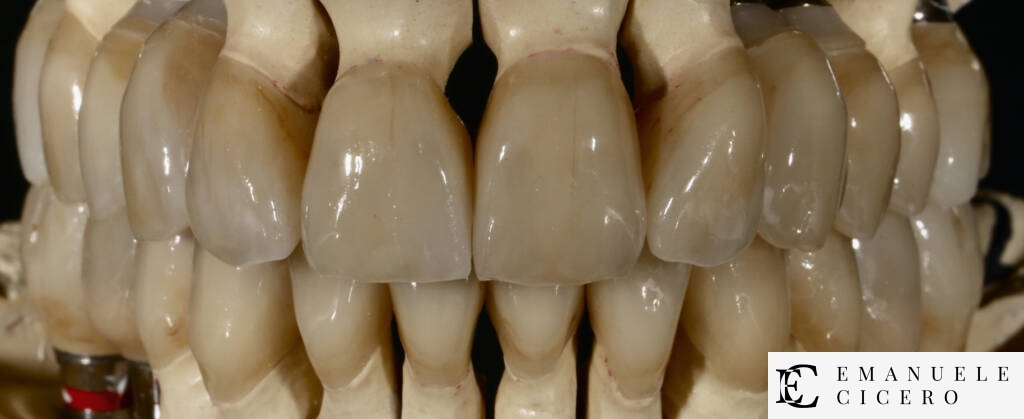The Art of Stratification in dental Ceramics
A ceramist is tailoring a dress on the body that we created, on a body that we designed; tailoring without design is lifeless and design without tailoring is mute. To achieve our goal we need to fuse these worlds together.
Optimal Relationship Prosthodontist – Master Technician is key for high quality work
For a prosthodontist aside from the multidisciplinary approach with other doctors when aiming to restore ideally our patients there is a last fundamental aspect to consider : the art of reproducing nature. Artistic talent must not disregard the natural anatomy of a real tooth. To this aid the continuous communication with our master technicians is mandatory.
Knowing how to communicate with lab technicians is key.
A ceramist is tailoring a dress on the body that we created, on a body that we designed. If you think about it tailoring without design is lifeless and designing without tailoring is mute. Same story between us and our master technicians.
To achieve a great outcome you need to fuse these two worlds together .
It is the accuracy and detail inherent in harmonic composition that endows these smiles with lasting value. Of course it is all about the time and attention paid by the prosthodontist but the ceramist with his final touch will make this detail, this dream, this vision possible.















